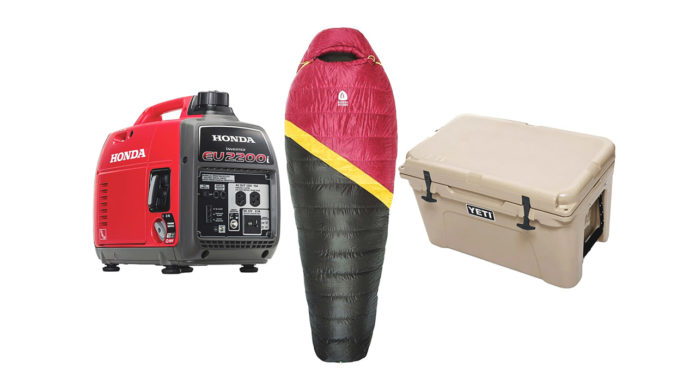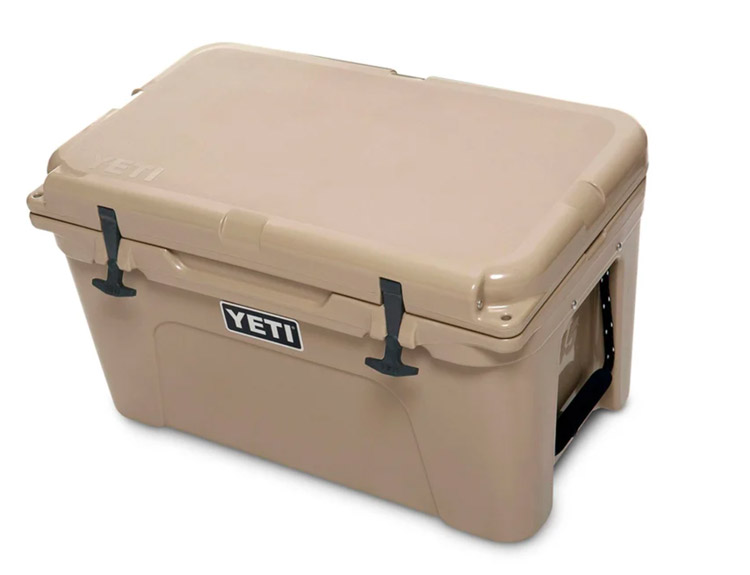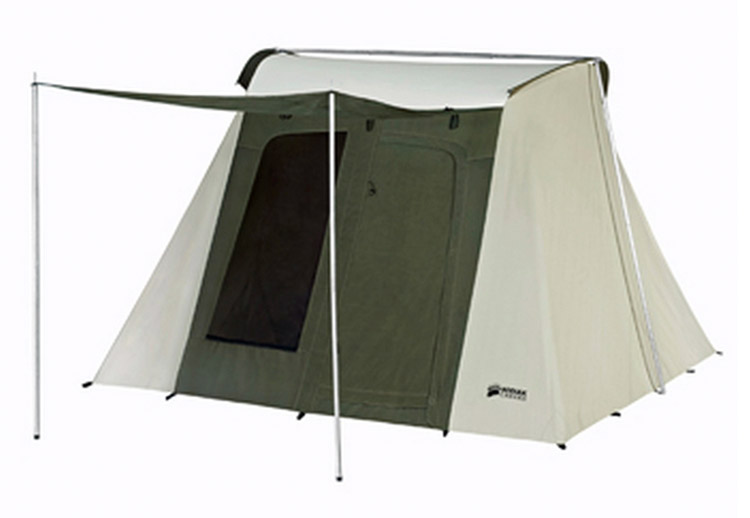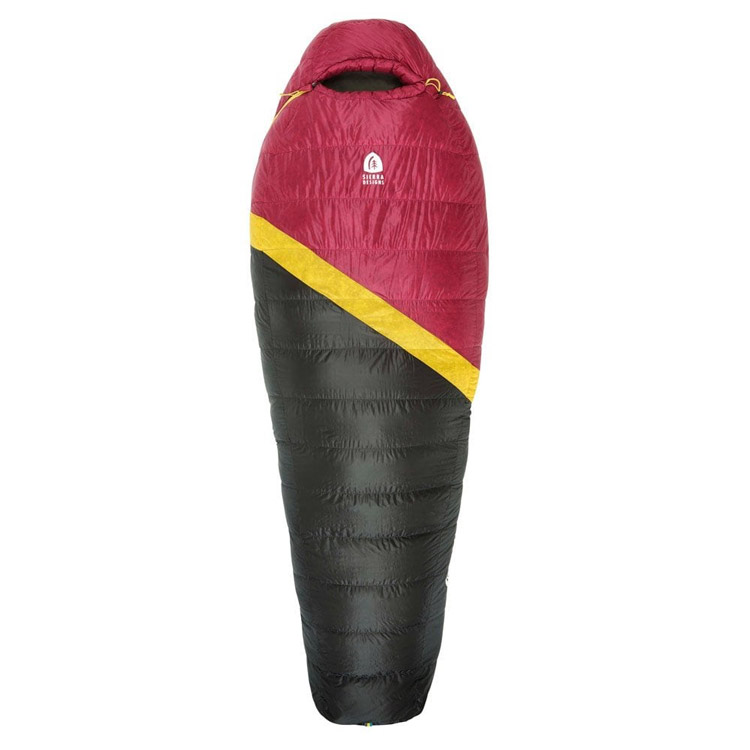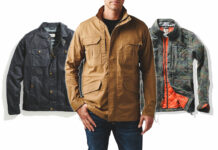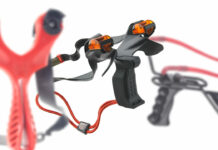Simply defined, dispersed camping means camping anywhere outside of designated campgrounds. Dispersed camping offers a very particular type of travel, taken exclusively for the spirit’s benefit. The close commune with nature gained by dispersed camping comes in tandem with nature’s innate risks, at once electrifying and frightening.
Jeff Frost won’t admit it, but he’s an expert camper. The artist has coexisted with nature by virtue of his practice for quite some time. He works with time and sound, two mediums which manifest across varied outlets like painting and film and photography. Frost garnered recent acclaim for his short film CALIFORNIA ON FIRE, perhaps the only creative record of California’s historic wildfires of the past few years. For projects like these, Frost lives alongside his subjects, this time chasing wildfires and setting up camp to document them at close range.
“It’s really important for people to get out and connect to nature,” Frost told me. “The way we live is super unnatural.” While all camping connects us with the world we once new, taking the leap from recreational into dispersed camping enhances the relationship in unexpected ways.
Oftentimes, the best way to get your feet wet lies with new adventures like this lies in linking up with your more experienced friends. Frost noted that campers possess an unwavering enthusiasm for sharing their knowledge. “I used to love bringing city people out camping,” Frost recalled. “They’d get freaked out by the absolute stillness and quiet.” He found it at once amusing and powerful to witness their experience. Whether you’re filling gaps of knowledge or building a foundation, this article offers a companionable guide to help you get started roughing it in the wild.
Scoping Your Campsite
Taking the leap beyond recreational campgrounds means you need to do your research and know your facts while deciding where to hunker down. Consider the following factors while plotting your course.
Legality
Before getting into any of the fun stuff, make sure to understand where you’re allowed to camp and where you’re not. Interrupting your adventure with a fine or arrest always proves a major buzzkill. The United States Department of Agriculture’s Forest Service Department advises campers to stake out the locale they like best and contact its nearest Forest Service Office. Once there, situate your campsite at least 100 feet away from any stream or water source to protect waterways and the fragile plants that live by them.
Sustainability
Real, untouched wilderness is unfortunately a dwindling rarity in our day and age. Therefore, we must protect every square foot at our disposal. The Forest Service Department asks that campers use pre-existing paved or gravel roads when traveling to their campsite. This prevents damage to the land. Furthermore, if you’re camping somewhere others have camped before, try to use the remnants of a previous campsite. “Plants, soil and wildlife are impacted by new campsites, so using existing ones will minimize your impact in the forest,” the Forest Service Department explains.
Many times, this strategy brings the added benefit of harnessing a previous group’s fire ring, which saves effort while avoiding the scarring of new rocks, soil, and plants. Try to bring your own firewood, because these ecosystems require rotting wood to nourish very small but crucial organisms. If you can’t haul your own tinder, then only use dead wood on the ground and never cut living wood from growing trees. Most importantly, make sure your flame sits safely away from low-hanging branches, and extinguish it all the way before you go.
Finding a Stunning Location
Fortunately, America’s national parks and the many other areas available for dispersed camping still house some of the greatest wonders known to humans. When searching for a place to sleep for the night, Frost prioritizes necessary safety features like a level surface and isolation. Beyond these parameters, he searches for unforgettable vistas. By this point in his career, Frost usually travels by camper van. “I like to line up the back window, which is big, with a $10 million view,” Frost said. “The view that I would get if I had enough money to buy a mansion on a cliff.” Dispersed camping has allowed him to wake up amongst everything from forgotten niches to monuments like the Grand Canyon, savoring the freedom to discover every next great view.
At the Campsite
While dispersed camping offers countless, sometimes unnameable benefits to the psyche, campers must adeptly account for their physical needs in the absence of amenities like potable water, trash cans, or toilets. Experienced campers call these strategies ‘self-containment’ or ‘Leave No Trace’ guidelines.
Treating Your Water
The Forest Service emphasizes that “There is NO safe water source anymore.” Fortunately, the solution is fairly simple— bring the water to a roiling boil and add water purification tablets. As an easier alternative, you can also pack a robust supply of gallon jugs of water. Avoid bottled water at all times for for the massive amount of waste they create.
Disposing of Waste
Efficiently disposing of waste keeps water and ecosystems safe from further contamination. Dispersed camping replaces bathrooms or outhouses with new approaches. When you use the bathroom, make sure to do it at that necessary interval of 100 feet away from any water source. Then dig a hole six inches deep into the ground and fill it up with the dirt you dug up. Take the toilet paper with you to throw away. Simple.
Gear to Get You Started
Yeti Tundra 45 Hard Cooler: Bin to store food (and plenty of it!)
Since setting out on his own storied adventures, Jeff Frost has learned the value of a high-quality cooler to keep his perishable foods safe for up to ten days. He’s tried brands like RTIC, Pelican, and Yeti. “They all keep stuff cold just as long and just as efficiently, but the Yeti is a lot lighter,” Frost said. “It’s a lot easier to deal with.”
In terms of what food to bring, a mixture of perishables like meat and produce, non-perishables like nuts and canned goods, and emergency rations like freeze-dried meals will fuel your adventure while remaining on guard for surprises like a car breakdown. “You can eat all your fresh food for the first week or so, and then you get into the canned food,” Frost explained. He estimated that this formula could last about two or three weeks before a necessary restock. Any excursions longer than that will require careful planning.
Kodiak Canvas Flex-Bow Canvas Tent: Fit for the Wind
A sturdy camping tent creates a crucial foundation for living amongst unmitigated nature. In the wild, you’re always at the weather’s mercy. Some places are prone to heavy winds, others to extremely cold overnight temperatures. Kodiak Canvas offers an excellent all-around option with their Basic Flex-Bow Canvas Tent, impressively durable and intuitive to assemble. The reviews even state that it’s Burning Man approved, a notable accomplishment given the desert’s infamously tempestuous conditions. An investment like this requires a little effort though—this tent sells out quick, and Kodiak Canvas’s site currently advises customers they’ll wait until October 2021 for their next opportunity to purchase.
Sierra Designs Nitro 800: Solid sleeping bag
Versatility matters in an unpredictable environment. In case of emergency, your sleeping bag can become your greatest savior. Sleeping bags are sold in three temperature degrees: warm weather, cold weather, and the ‘three season,’ which adjusts to either. Sierra Designs has created a fantastic all-around offering with their Nitro 800, a three season, mummy-style sleeping bag that functions in multitudinous environments by adjusting via sophisticated ventilation and high tech material. Even better—it’s relatively affordable for the market.
Honda EU2200i 49-State Inverter Generator: Above and Beyond
Of all the gear Frost has amassed throughout his travels, he recommends this heavy hitter above all else. Movie crews and campers alike rely on this 2000 watt generator to power utilities like cameras and fridges and stoves, anything crucial they want to power without consuming expensive, scarce fossil fuels. While Frost noted that this rather expensive investment will set you back about $1,000, the compact Honda generator possesses enough power jump start your car in a stitch, an assist which can save huge sums in the long run.
Road Atlas by National Geographic: Analog Guidance
Just like you’ll want to prepare for the lack of electric heat, toilets, and water, you’ll also want to prepare for the absence of that most ubiquitous ability: the internet. Out in the woods, you’ll probably lose cell service—not ideal when you’re relying on Apple Maps to get you to civilization for an urgent reason. Even though we lose cell service intermittently over the course of every day, emergencies expose its load-bearing influence in our lives. Pack a high quality collection of maps to help you navigate the trickier moments in your adventure.
In Conclusion: What not to bring
The ‘Leave No Trace’ guidelines include one particularly profound statute prohibiting the use of loud speakers. Noise pollution creates a different kind of waste. As you set out on your first successful dispersed camping adventure, leave your new bluetooth speaker at home and stick to headphones for your tunes. Frost asserts that silence offers nature’s greatest allure. “That stillness and quiet, you really don’t get it at recreational campgrounds and RV parks,” he said. “You can sit in a camping chair and read a book all day if you really feel like it. Or better yet, practice John Cage’s silent music piece, 4’33’’. You can literally listen to all the layers of nature. It’s this great musical work of art that will never repeat, and it will only ever be yours.” Out in the wild, every moment unfolds in the artwork of an instant, if only we seize the challenge to witness it. Godspeed, dispersed campers.

